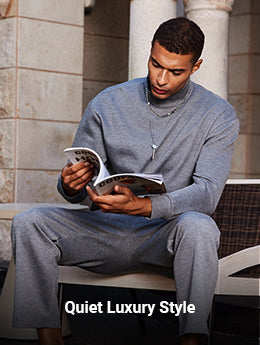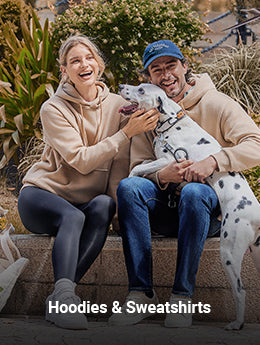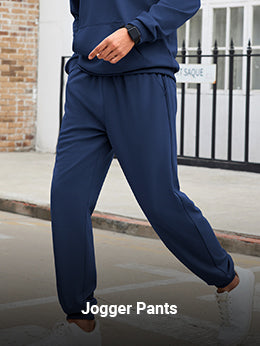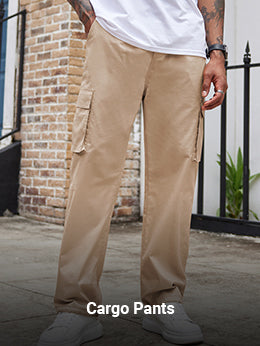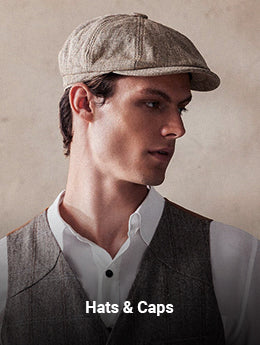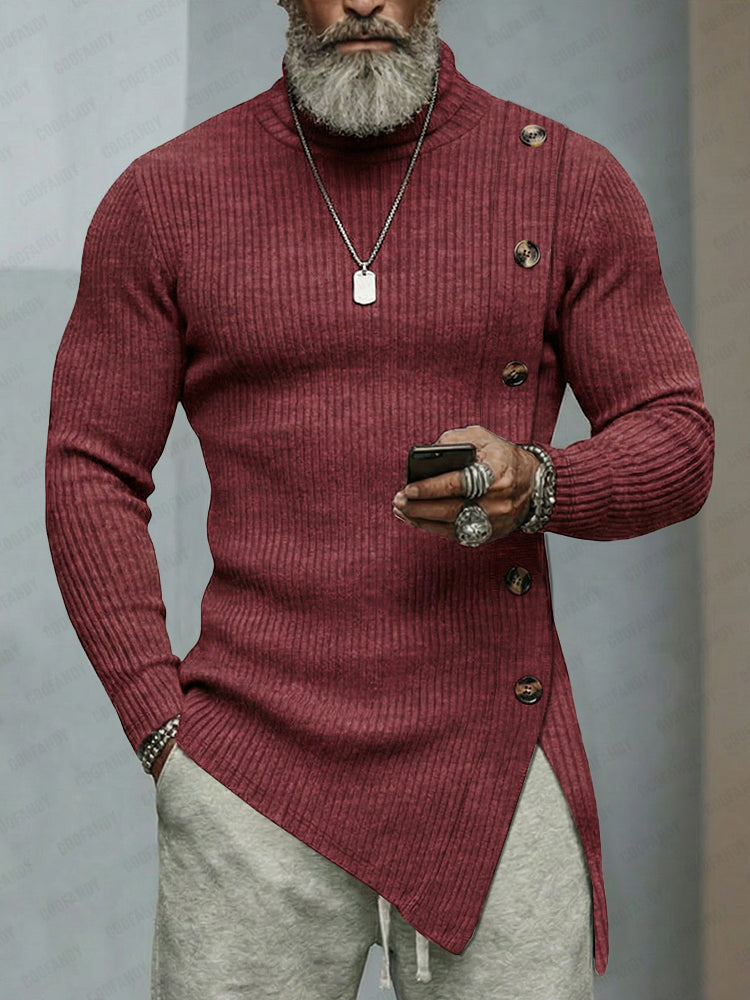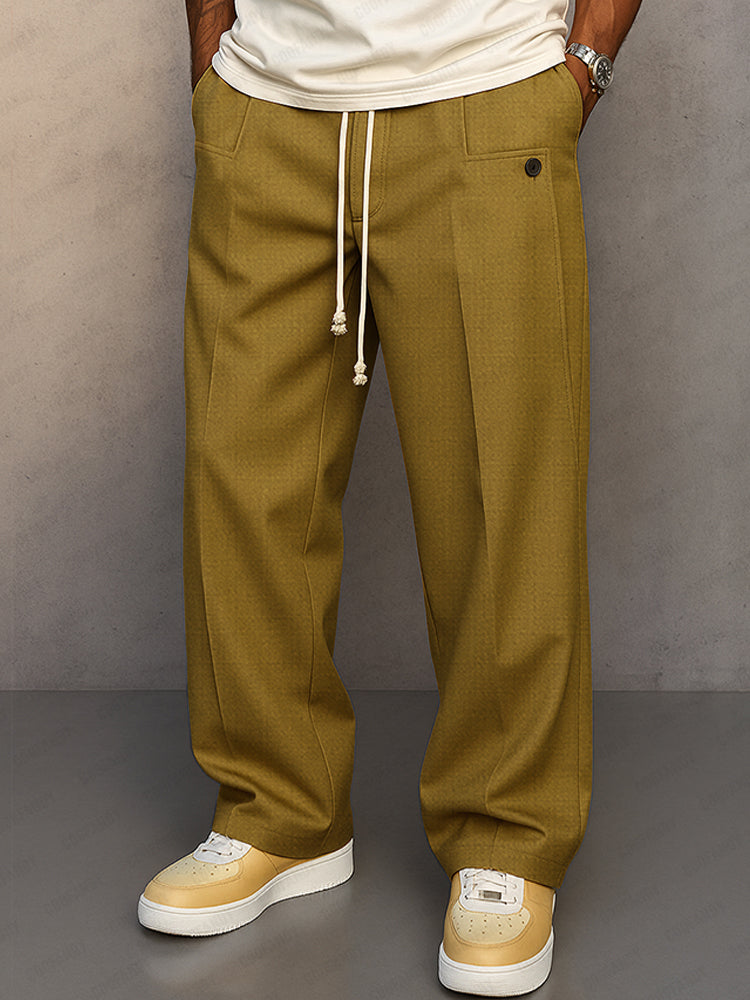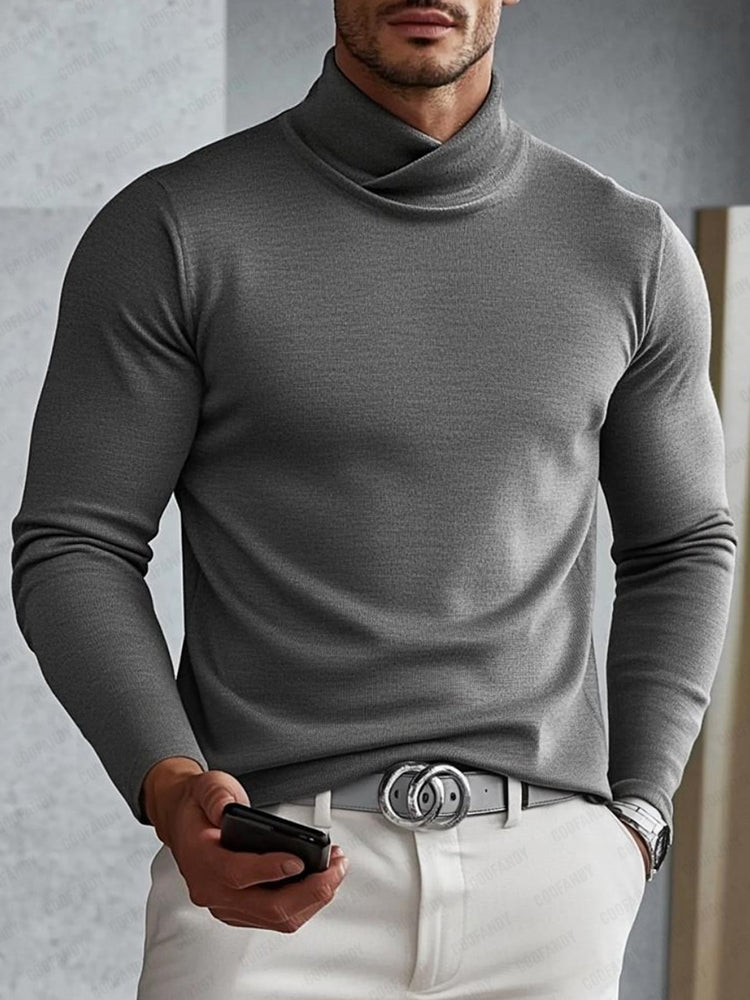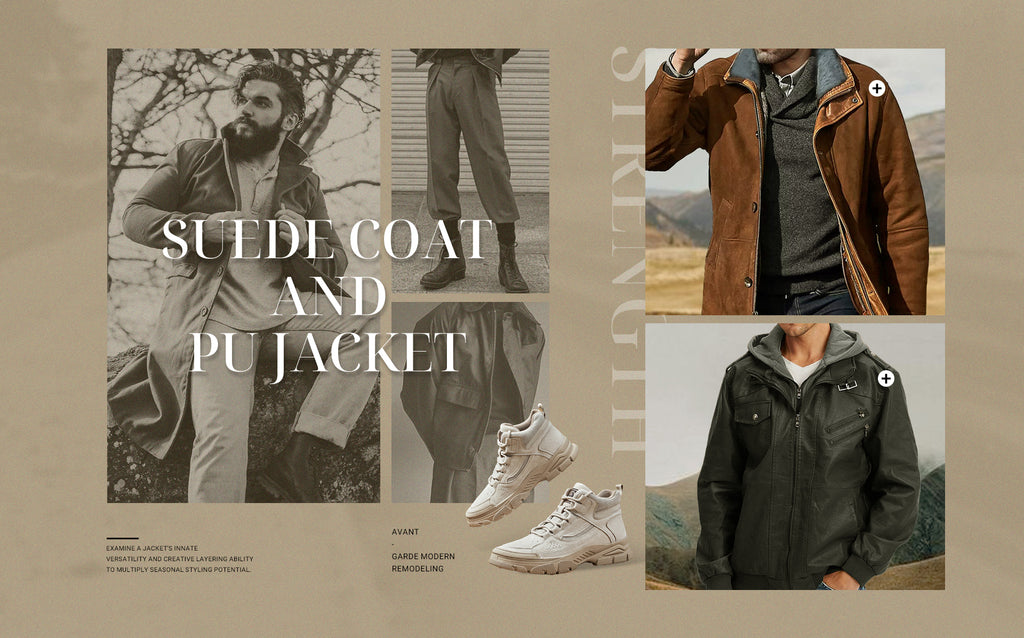A Men's Guide to Wearing Layers in 2024
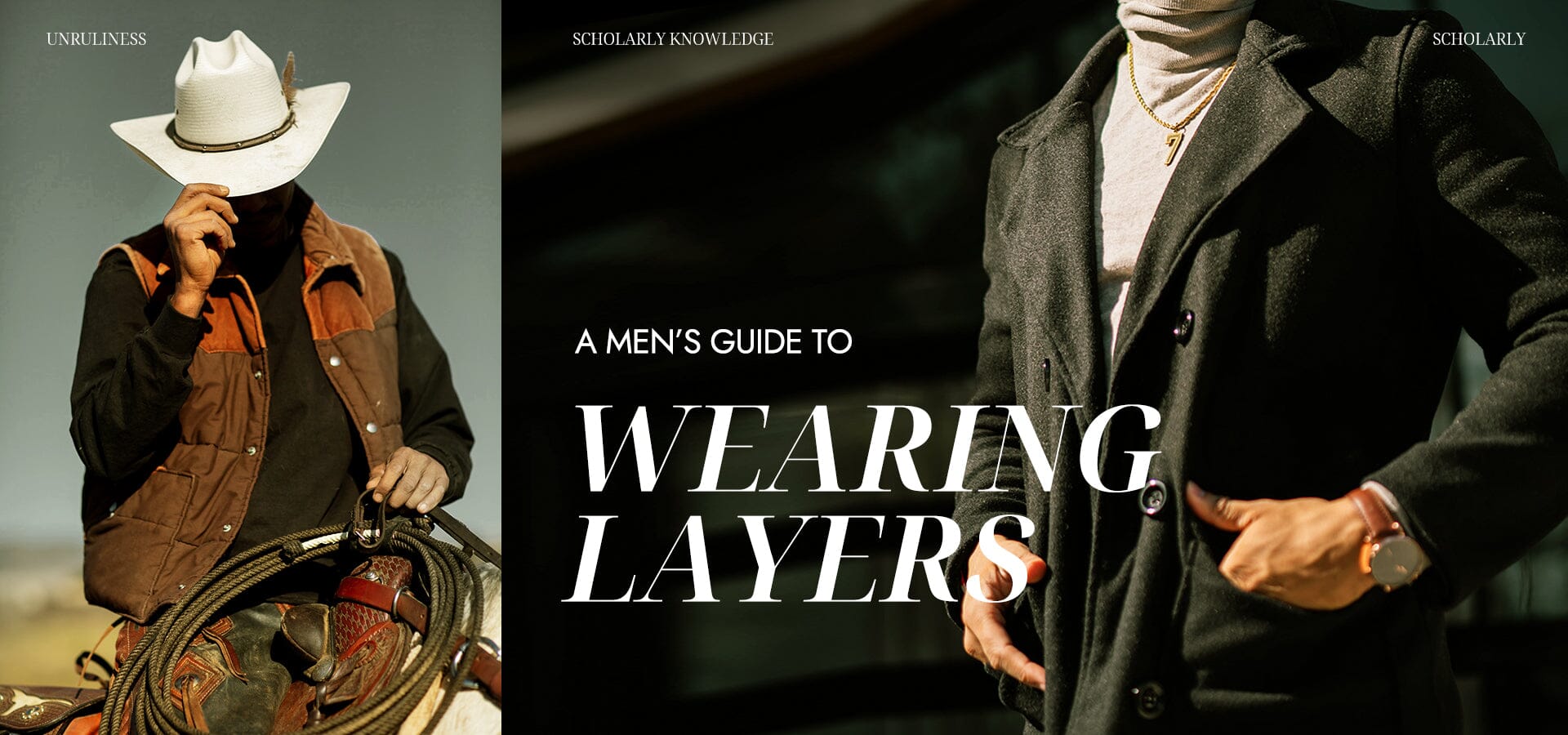
Navigation
- Rules for Wearing Layers
- The Base Layer: Comfort Foundation
- The Mid Layer: Insulating With Style
- The Outer Layer: Shield and Statement
- Common Layering Mistakes to Avoid
- Putting Layering Principles Into Practice
A Men's Guide to Wearing Layers
Layering clothing effectively is an essential skill every contemporary man should master. Far from restrictive, layering allows for abundant personal style while seamlessly blending comfort, insulation, and weather protection. By grasping key layering concepts and avoiding common mistakes, you can craft outfits perfect for everything from casual weekends to snowstorm commutes.
Rules for Wearing Layers
Get the most out of your layered outfits by following these essential guidelines:
1. Thin Layers Underneath, Thick Layers on Top
Wear slim, lightweight garments closest to your skin and heavier, bulkier items as outer layers. This gradient traps rising body heat most efficiently.
2. Consider a Three-Layer Strategy
Keep your layered outfit to a base, a mid and an outer layer. Any more causes overheating, mobility issues and bulky disproportions.
3. Light Inside, Dark Outside
Bright base and mid layers underneath reflect heat back to your body, while darker jackets and coats on top absorb exterior radiation.
4. Each Layer Must Excel Individually
Every item serves a distinct purpose. The base wicks moisture, the mid insulates, and the outer protects from elements. Ensure each performs its primary job flawlessly.

The Base Layer: Comfort Foundation
A good base layer keeps you dry by wicking away sweat. This first line of defense is key for layering. The right base layer uses breathable cotton plus moisture-wicking polyester. This combines cotton's comfort and polyester's performance. It makes a stretchy, durable moisture-fighting foundation.
The base layer should be snug but not binding. Long-sleeved shirts work well when warmer. Add a knit sweater as temperatures decline. For very cold conditions, choose a turtleneck base for full neck coverage.
With the right cotton/polyester base, sweat stays locked out. This allows the mid and outer layers to retain heat and block weather. Controlling moisture on the skin means staying comfortable in any climate. The base layer handles sweat so other layers don't have to.
Coofandy Wool Turtleneck Sweater
The Mid Layer: Insulating With Style
Building upon your moisture-regulating base layer foundation, mid layers supply the literal middle ground with cozy insulating properties. They further defend against ambient cold while opening up countless fashion possibilities. For the office workers who shed their bulky outerwear upon arrival at work, a stylish mid-layer ensures warmth and ease of movement indoors, blending practical comfort with professional flair.
For the ultimate in featherweight insulation, nothing surpasses downfill, though it requires protective outer layers to prevent moisture damage. Wool garments offer exceptional natural temperature regulation, while cotton fleece is extremely casual. Cotton and polyester blends optimize the advantages of both materials.
Synthetic fleece and pile fabrics bridge the comfort-functionality divide, coming near the insulation of cotton while resisting moisture and drying quickly.
Sticking to the rules of layering, select mid-pieces roomy enough to fit over base layers without compressing their heat-trapping loft. But restraint is recommended to avoid bulky disproportions. For easy layering, garments with front zip closures excel.
Vintage Western Cowboy Pullover
The Outer Layer: Shield and Statement
Serving as weather protection and style piece, the ideal outer layer finishes any look. For fall and milder winter chill, unlined jackets work well. Consider casual coats in cotton/polyester blends for lightweight insulation. Details like front flap pockets, shirt-style collars and zip front closures underscore the casual vibe.
In frigid cold and precipitation, choose thicker layers with weather-resistant exterior. For less bulk but serious warmth see highly packable down options. Reinforced elbows, adjustable waist cinches and roomy hoods equip these coats for harsh elements.
Don't ignore fashion either. Unique colors make your outer layer pop. Play with textures like matte or shiny leather for visual interest. Just ensure bulk doesn't overwhelm your frame.
Stay stylish this winter by choosing a weather-stopping outer layer suited to your climate. Unique touches ensure even bulky coats and parkas project your personal flair. Pick adaptable pieces and layering effectively conquers the cold.
Leather PU Jacket with Removable Hat
Common Layering Mistakes to Avoid
Many rookies make layering much harder than necessary, undercutting their insulation and style. Keep these common flubs in mind:
- Too Many Layers Overheats:Beyond exacerbating bulk, too many layers actually reduce your interior temperature regulation. Sweat becomes trapped and cooling ventilation disappears. It's generally recommended to adhere to a base, mid, and outer layer system for optimal warmth and comfort management.
- Clashing Colors and Patterns:Keep layer color progressions harmonious. Muted base and mid-layers allow bold outer pieces to pop without conflicts. Too many loud patterns also tend towards messy overkill. Zero in on one or two statement prints at most.
- Missing Accessory Layers:Don't forget small accessories functioning as extra layers. Warm hats, gloves and socks boost insulation that much more while adding stylish accents. A dressy watch, patterned scarf and leather gloves prevent losing your polished edge.
- Forgetting Indoor Comfort:Layer properly but don't sacrifice being too hot or sweaty while inside. Have removable layers ready to peel off for comfort without compromising your look. Vests, sweaters, scarves and overcoats fill this adaptable role nicely.
Putting Layering Principles Into Practice
Now that you grasp the art and science behind layering, get out there and start creating your own looks! Begin by collecting an arsenal of base, mid and outer pieces adhering to the material guidelines and functional priorities outlined above. Gradually build up your layered wardrobe while zeroing in on colors, textures and silhouettes perfectly matching your personal taste.
